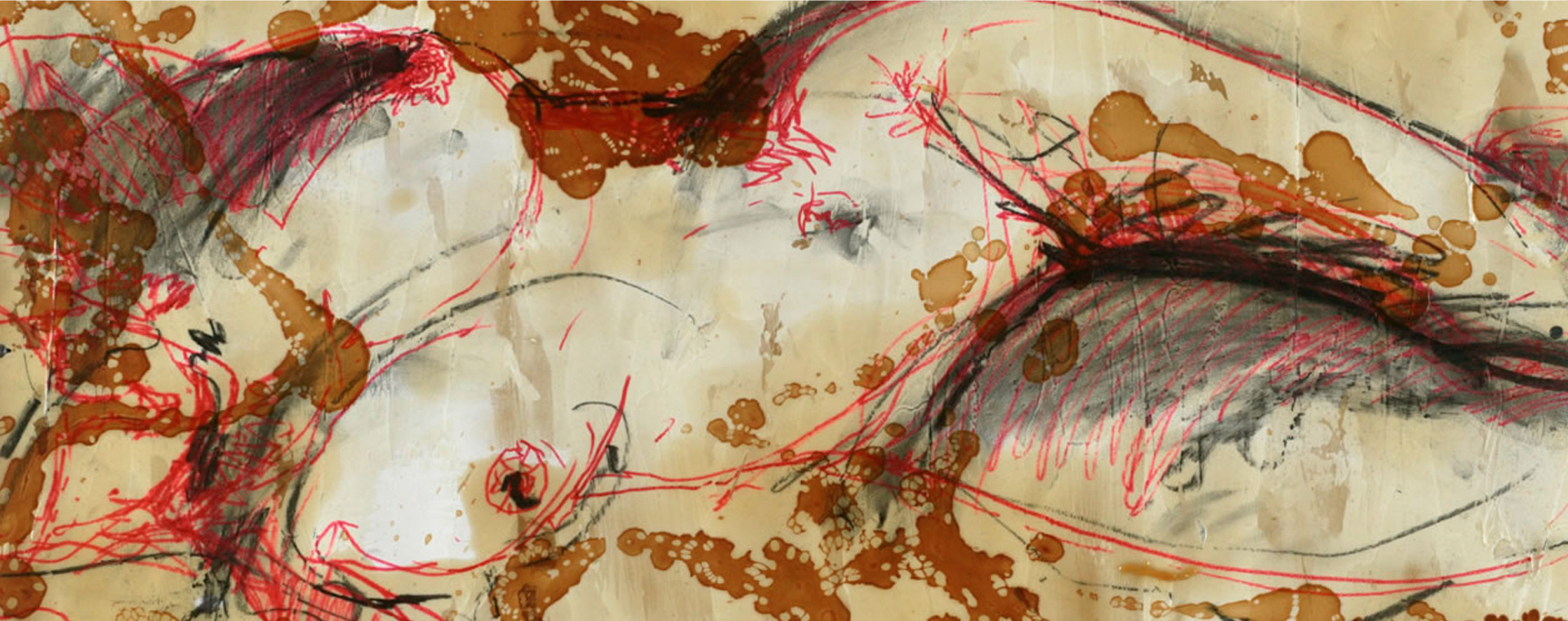DAVID CAMINER
PLASTIC SURGEON
A CONFIDENTIAL ENQUIRY
A CONFIDENTIAL ENQUIRY
A CONFIDENTIAL ENQUIRY
A CONFIDENTIAL ENQUIRY
Laser Hair Removal
Laser hair removal is an effective way to permanently reduce hair, achieving long-lasting results. It is a better modern alternative to the other forms of hair removal that have been around for a while. Laser hair removal has proven to be a very popular and safe way of treating undesired hair growth.
Suitable for all skin types (both fair and dark), the laser works by using a wavelength of light which accurately targets the melanin in the hair effectively destroying the stem cell in each hair follicle, whilst at the same time safely avoiding the melanin in the skin.
This is because hair holds a significantly larger amount of melanin than skin, therefore it attracts the laser energy more readily than skin. When the pigment in the hair absorbs the high energy light, the shaft heats up and destroys the hair follicle. It is this absorption of heat into the hair shaft that makes laser hair removal painful.
This is why laser hair removal does not work on fair or grey hair as there is no pigment in the shaft to absorb the light. People with darker hair and lighter skin are easier to treat as there is a contrasting difference between the amount of melanin in the skin and hair.
Multiple treatments are recommended for any given area, as not all the follicles are producing hair at the same stage of growth that is required for an effective result. This growth stage is known as Anagen, where the hair shaft is healthily growing from the germinating part of the follicle. The other stages of the hair growth cycle – that do not produce an effective treatment – are known as Telagen (this is the dormant stage where the follicle is empty and not producing hair), and Catagen (this is a stage of the hair growth cycle where the follicle contains a hair shaft that is not actively growing from the germinating part and is soon to fall out).
During a course of treatment, as the amount of hair decreases, so are the amount of treatments required. Most people can expect to see a significant difference in the amount of hair reduction after several treatments compared to the initial stages. Depending on individual requirements great results are achieved from 4 up to 8 treatments per area, sometimes less and sometimes more.
Post Procedure Facts & Advice Send A Confidential Enquiry Meet Dr David Caminer
